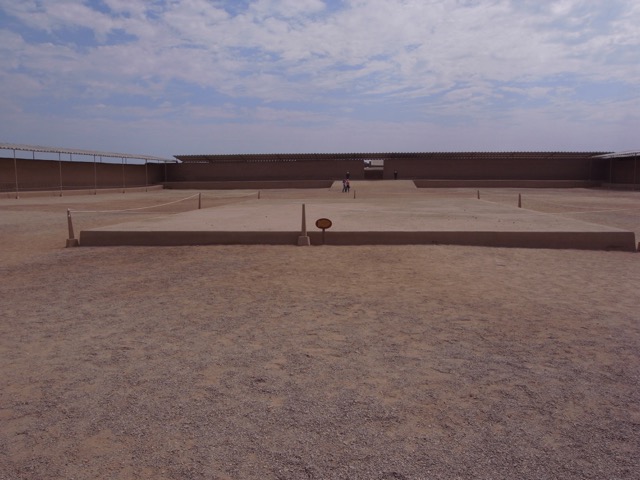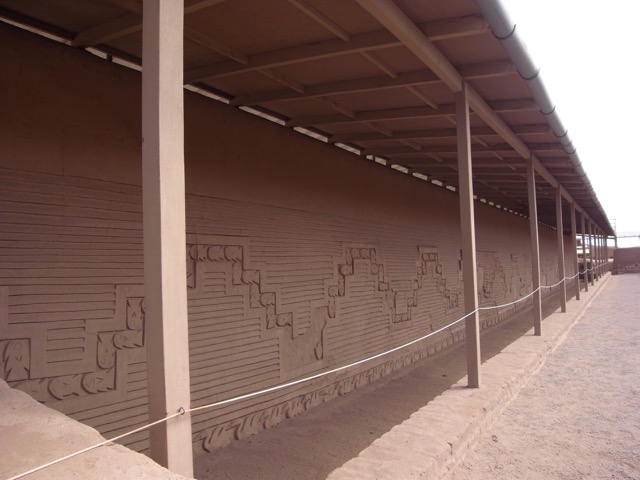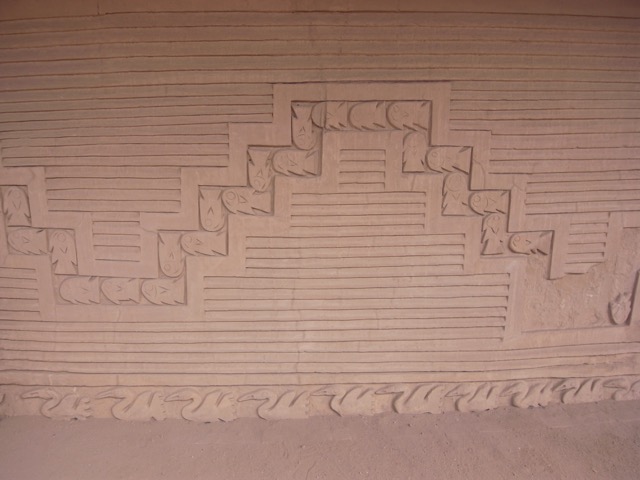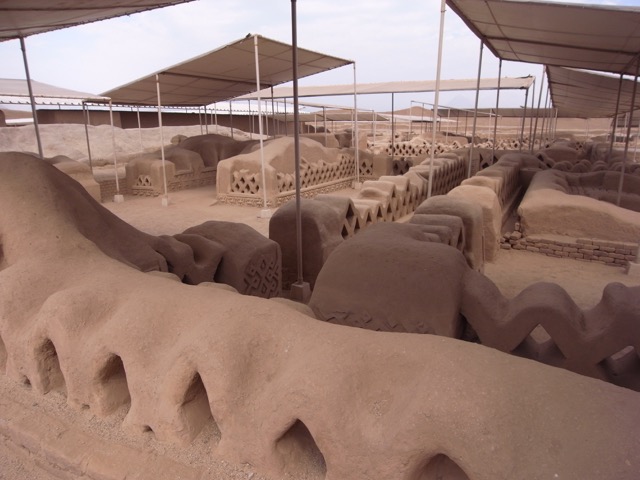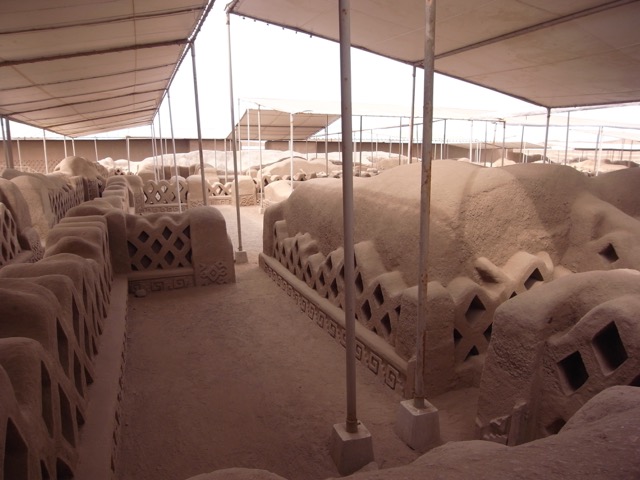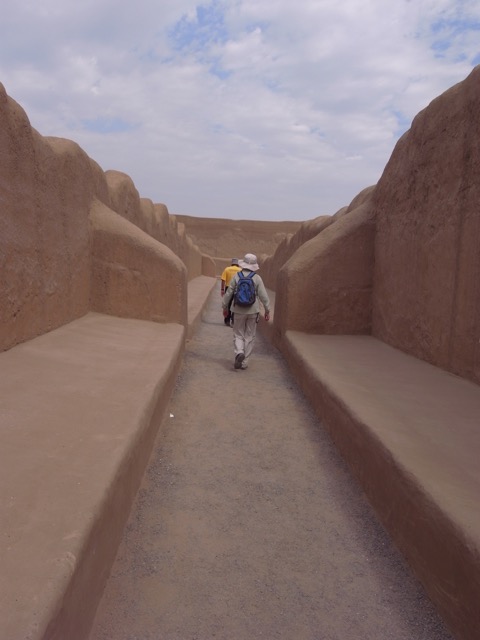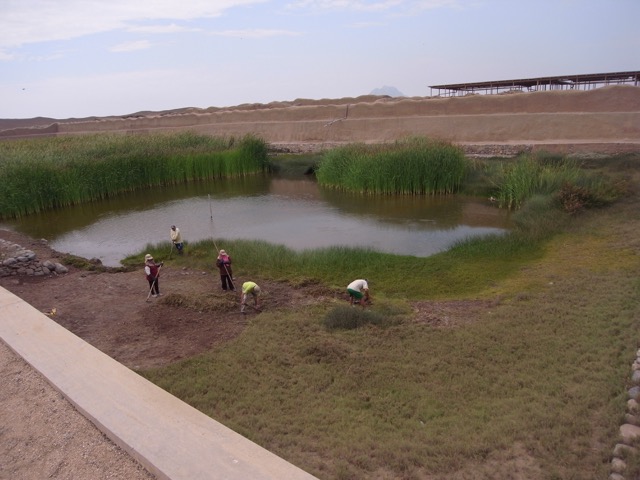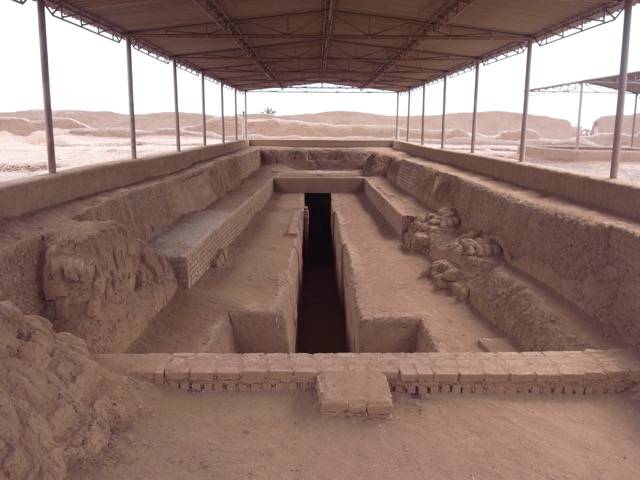A Guide To Chan Chan
Chan Chan is a UNESCO World Heritage site, and the world’s largest mud-brick (adobe) city.
Located 5 km (3 miles) west of Trujillo on the way to Huanchaco, Chan Chan was the late capital of the Chimu people (A.D. 900 to 1470), who controlled the north coast from Lima to the Ecuadorian border, until the Inca conquest.
The huge city once housed as many as 50,000 people and covered some 26 square km (10 square miles) with adobe temples, plazas, terraces, ramps, and buildings. Now, however, about half the city has disappeared due to erosion and modern encroachment.
Chan Chan comprises nine royal compounds containing the burial mounds of Chimu rulers.
The compounds were looted in the early decades of the Spanish conquest and the city left to decay amidst rare, but devastating floods and rainstorms caused by El Niño.
By the 20th century, Chan Chan had turned into a huge sprawl of tumbling, eroded walls with only worn mud reliefs attesting to its former glory.
Archaeologists have restored one of the royal compounds, the Tschudi Complex (recently renamed Nik An). Here signs guide visitors past long walls (mostly restored) of mud mouldings depicting sea otters, fish, waves, seabirds, and the moon, all symbols of religious significance to the Chimu.
How to Visit Chan Chan:
Given its importance, all PeruNorth itineraries that go to Trujillo, include Chan Chan:
A day trip to Chan Chan can also be organised as part of a surfing trip to Chicama.


